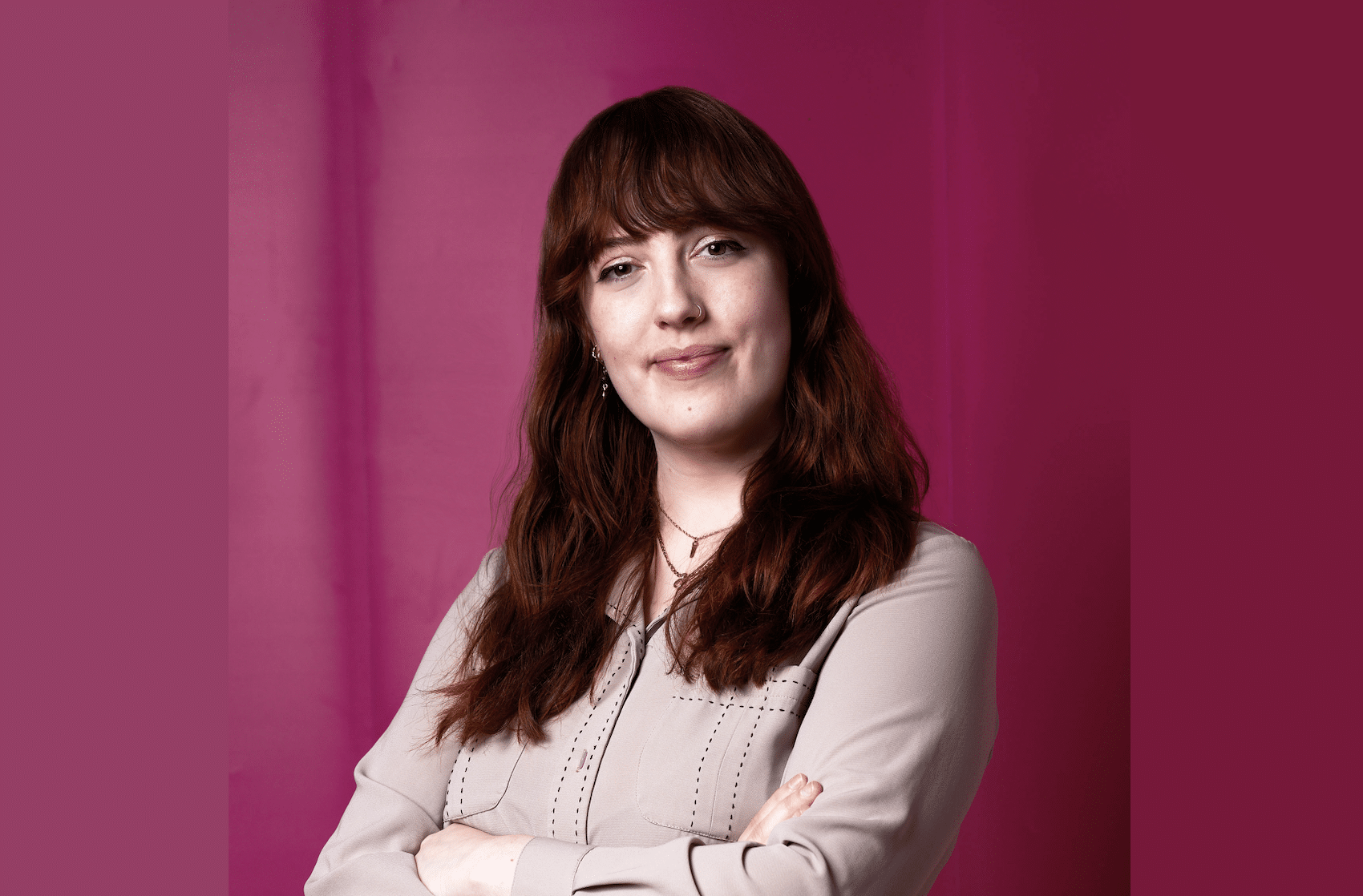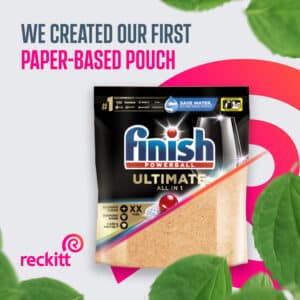How in-house design teams can lead on sustainability

By Sophie Morice, Global Brand Experience Associate, Reckitt
The discipline of design is uniquely placed to bring about change. Organisations that still think of their in-house design teams as just delivering on aesthetics and execution are missing the huge impact creatives can have on business. Design as a role can inspire others towards a shared vision. A report last month by the Design Council found that 46% of designers feel they have the skills to help tackle the climate crisis – I couldn’t agree more.
So, if a business wants to become serious about sustainability, the in-house creative team should be among the first it turns to.
Look at the likes of IKEA. Its business model started out as offering modern design but at super affordable prices – so cheap they became almost throwaway. Over the past few decades, however, the famously design-led company has shifted – towards making its cheap furniture last much longer. It has been investing in foundations of circularity and product reuse with big ambitions of tackling single use plastic and waste.
But it’s not just product innovation, packaging and materials where design can push for more sustainable solutions. More importantly designers can also drive how sustainability fits with wider business requirements. We can make everyone involved more accountable and foster a creative environment that allows ideas to thrive.
Last year, in Creative Review, Peter Miller, the creative director and co-founder of Octopus energy, compared the energy company’s freewheeling creative culture to a drystone wall – able to withstand earthquakes but not set in concrete. Its creative approach builds systems “where people have the freedom to work and get stuck into problems”.
Designing accountability
The added beauty of an in-house creative drive is that we are able to look at the business tools and systems to support ambitions of true sustainability and keep businesses on track.
For example, over the past year, at Reckitt’s home and hygiene division we have started to analyse and prioritise where sustainability can fit into concept development. We’re exploring how to track innovation against sustainability metrics, including this as a business requirement – and where sustainability can fit into the concept development framework.
The aim is to look at the business metrics of sustainability, not users’ need for it. At every step of our brands’ creation (insight, concept, briefing, manufacturing), we are now asking the question of how it stacks up against sustainability metrics. It now sits alongside business goals or user metrics as a clear success criterium and business objective. For example, for design, this comes through asking the right questions at the right time. For example, “Does a concept align to overall business sustainability ambitions for the time of launch?”; or in briefings, “What is the sustainability vision for what this could be – beyond product innovation or material limitations?”.
What has become clear to us is that the key to reaching our full potential of influencing change is to unlock buy-in at an internal cultural level. Everyone in the business should be asking questions around sustainability early, right from the start of ideation – not just if the product is slightly more sustainable than the previous iteration, and not just at proof-of-concept stage. As in-house teams we need to push for this accountability to go beyond just the creative process.

Helping to shift the mindset
If you want real change, though, you also need to shift the organisational mindset alongside building accountability into the everyday. Key steps here are to seek out the high-level champions within your organisation that will vouch for your process. Rally support among senior leaders. In addition, make changes understandable to everyone in the organisation – whether through webinars, newsletters or other means of education. People with perhaps more functional roles and remits, need to know why a certain change is important to their day-to-day.
Another crucial part is empowerment – to make sustainability a shared goal and part of people’s roles. Either through adding it to individual performance criteria, or by creating initiatives that people can become part of. For example, we also launched Reckitt Futures, a programme of exploring new revenue streams and business model transformation to future proof not just our company but ultimately our industry. We always knew this needed to be a democratic venture, with everyone able to contribute. You don’t need to be ‘a creative’ to have a creative idea.
One of our colleagues in insight and analytics summed it up nicely, the role of the in-house team: it’s about coming at things with an ambition to create more, not take away.
We’re not taking away a piece of the pie, we’re creating more pies. We are focused on building more opportunities, not stifling them. This is the ultimate remit of the design function: to liberate others to start thinking bigger – it’s the best chance we have for making a difference on sustainability.
